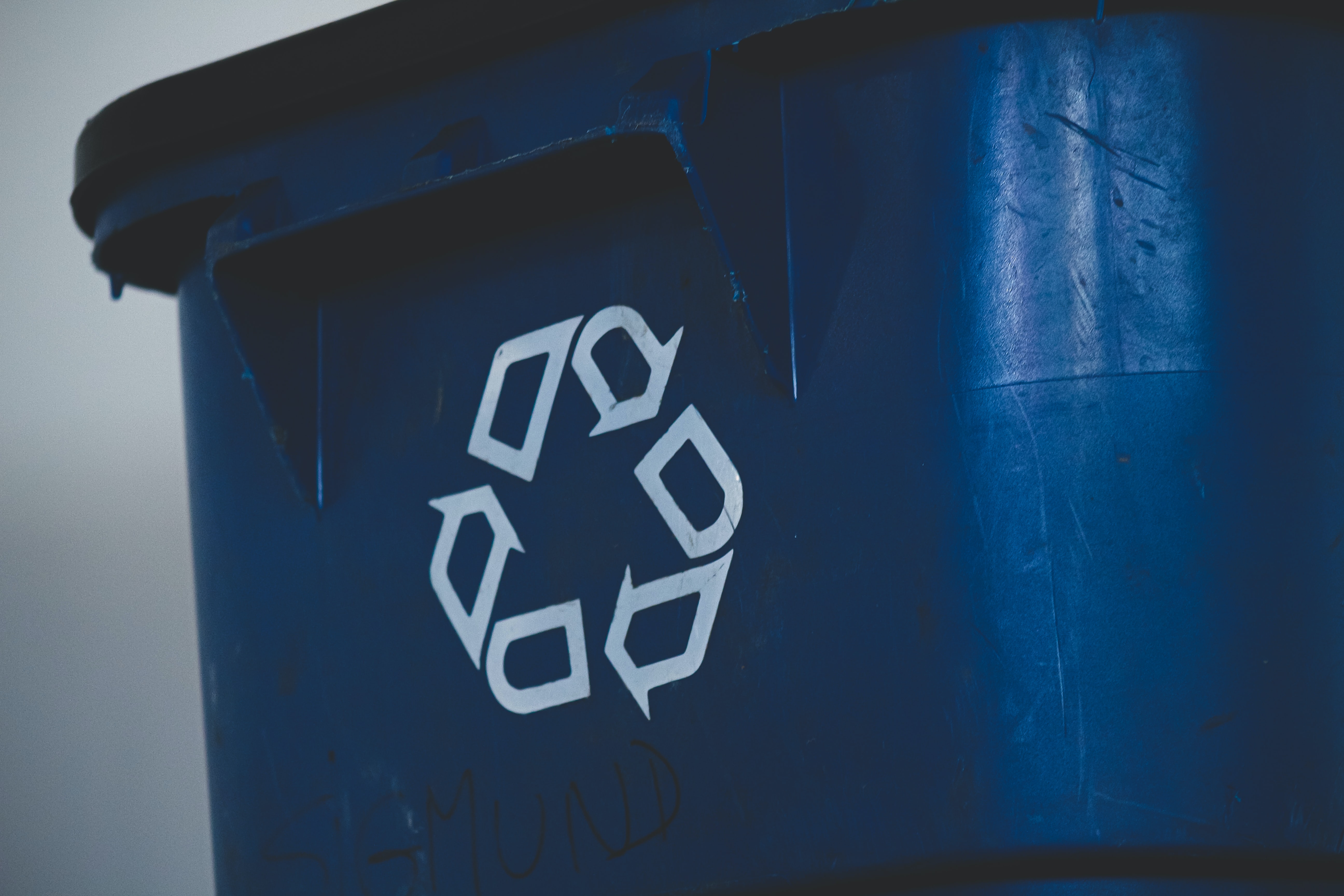
New Ways to Improve Your Recycling System
Recycling has been a focus for eco-conscious Canadians for over 40 years. Surprised? Well, we’ve come a long way and much has changed during that time. Knowledge has been gained, systems improved and some manufacturers have come on board. Yet the urgency to reduce waste is still high. Perhaps it’s time to take a step back and consider what you can do to improve your efforts.
Conduct a Waste Audit
To better understand the kind of waste you produce, sort it into categories for a specific time span, say a week (or month, if you’re more ambitious). Categories may include, landfill waste, organic waste, recyclable plastic, reusable material, etc. Once the audit is complete, you can use the data to overhaul your recycling system, primarily focusing on reducing the amount headed to the landfill.
Anticipate Recycling Potential
In addition to buying recycled goods, it’s important when shopping to be aware of new items that can be recycled after use. For example, if you buy something packaged, think about how you can reuse the packaging yourself, possibly return it to the store, get crafty and turn it into art, or donate it to a local school.
Research Recycling Options for E-Waste
Rather than tossing obsolete tech, like old iphones, broken keyboards or chargers, check with your local electronic store to see if they provide recycling options. Some manufacturers have programs in place to accept unwanted items that can be recycled, refurbished or used for parts – a win-win for everyone!
Keep Up To Date with the Rules
Possibly the most important way to improve your recycling system is simply understanding the process. While you may have the best of intentions improper recycling (or “wishcycling”) can affect the entire waste management system. A simple greasy pizza box, unwashed peanut butter jar or some broken glass can contaminate an entire load of recyclable material. Know the rules and keep a lookout for new innovation.
Photo by Sigmund on Unsplash

